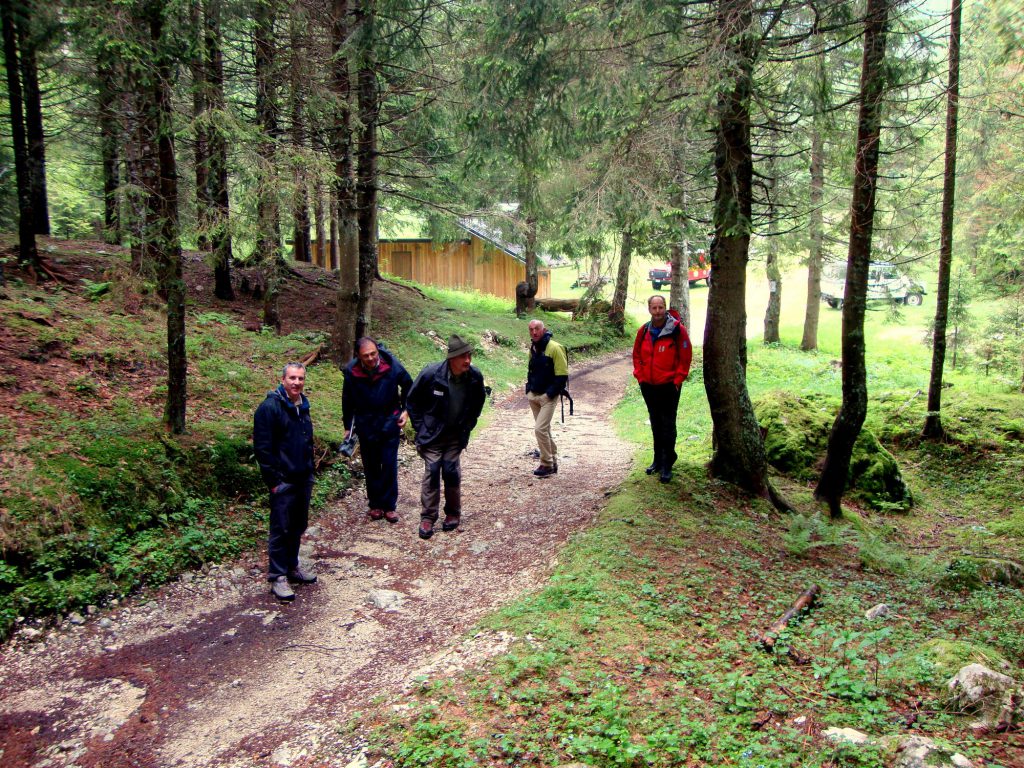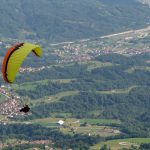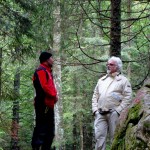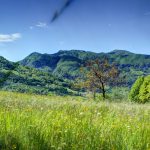A Paradise on Earth for canoeing, surfing, kitesurfing, windsurfing and sail
Alpago: Cansiglio Wood
Walk in the wood and meet the sheeps, then taste local delicacies
Welcome to the Alpago area, one of the many cultural, climatic and historical districts in Italy that includes the small towns of Tambre, Puos, Chies, the Mounts Dolada and Cavallo and the Cansiglio Wood. These little known places have always been eclipsed by the fame of Cortina, the great history of Vittorio Veneto, even by the Prosecco wines from Conegliano and Valdobbiadene. Such a surprise to me! There are a lot of things to do in here. Wonderful walks in Tambre, both in summer and in winter, explore the Cansiglio Wood on the trail of the Cimbri, go ski mountaineering to reach Mount Cavallo.
Alpine Botanical Garden
The Alpine Botanical Garden is a magnificent open-air museum, where you can find all the biodiversity of this place. Next to the garden there is a nursery, where they grow different species in order to reintegrate them in their natural habitat, the nearby Bosco del Cansiglio (Cansiglio Wood). The visit of the Garden is extremely interesting.
The Serenissima (Republic of Venice) cared very much about the Cansiglio Wood and it applied strict rules to preserve the forest. It was forbidden to cut down the trees and to live in the forest, even to build shelters one mile around. We can still see on the boundary stones, the inscriptions made by the inspectors, every time they came to check on the forest. The Bosco del Cansiglio was a sort of Forest of the Oars for the Venetians. It was their reserve of wood to build ships, firewood and coal, it was basically their main energy reserve. Historically the forest has endured many owners and events, but it is still intact. Today it is amazing to walk among such high and straight beech, silver firs and spruces.
There are two different areas in the forest. The first one, intact and untouchable, has been left in its natural condition. The other one is larger, managed by cutting down minor trees to make room for better trees. I was fascinated by the timing of the forest: a tree usually lives 130, even 180 years. Men have to look ahead and make their plans considering these long cycles.
The famous Alpago sheeps
I met Alessandro, who studied agriculture at the University of Bologna, then came back home, here in the Alpago area. An intellectual dressed as a shepherd! He has developed a rational overview, applied to his job. He owns more or less 200 sheeps Alpagotte (Alpago breed). The sheep from Alpago is eclectic: it produces enough milk, meat and wool. But milk is not so profitable, too expensive to make. Local people have created a sort of Alpago collection of wool sweaters, capes and slippers handmade by shepherds. This attempt to re-evaluate the Alpago wool is being very successful! Alpago dolls are quite popular.
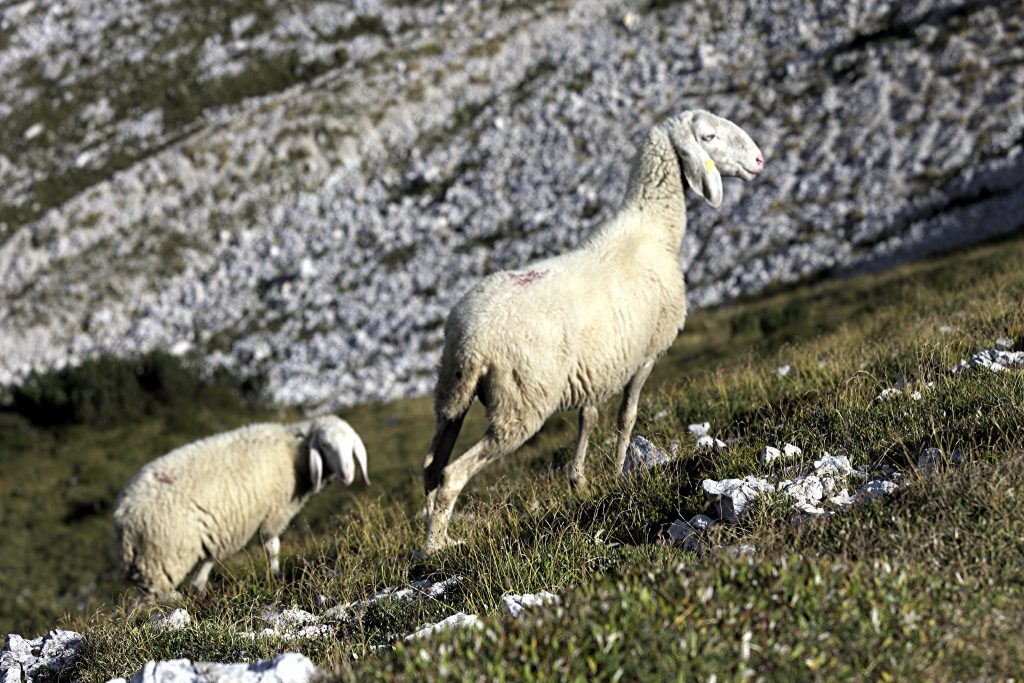
Sheep from Alpago (Pic by Flickr User iv78x)
The Alpago lamb got a Slow Food certification for its exquisite meat that doesn’t taste like common sheep meat at all. I am allergic to sheep meat, but I could eat the Alpago one without problems. So special! The first sheeps living in Alpago a thousand years ago have adapted to this area during the centuries, both to the humid weather and the seasonal temperature range. They actively contribute to the conservation of the territory!: keeping the steep slopes clean and tidy, they prevent landslides, they mow the grass and the bushes, with their hoofs they stop up water losses in the ponds. Since they are so small, they don’t damage the soil that much.
The Alpago sheep is the perfect example of a breeding farm providing products, touristic services and culinary delights. At the Locanda San Martino I was shown how to cook the lamb. As for pork, you don’t throw away anything. For example, the liver cooked together with onions is very tasty. And what about the pastin? It is a specialty of the Alpago area, in particular in Tambre. A sort of pressed meatball (similar to a very big hamburger) made of pork and beef. They serve it together with the most savoury Polenta (cornmeal mush) I’ve ever eaten, extremely soft.
Patrizio Roversi
Cover pic courtesy of Flickr User Umberto Nicoletti

